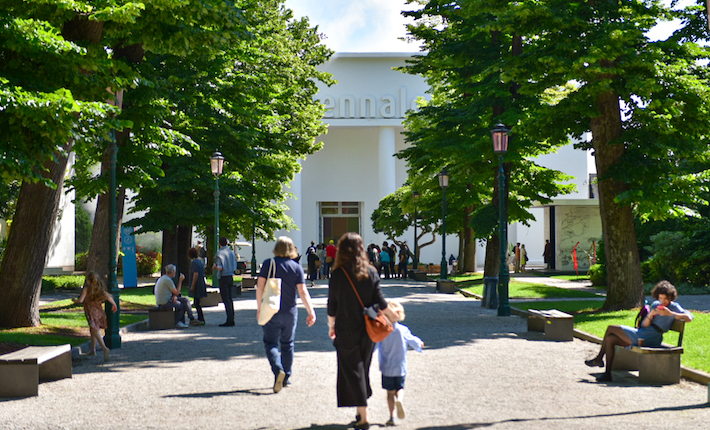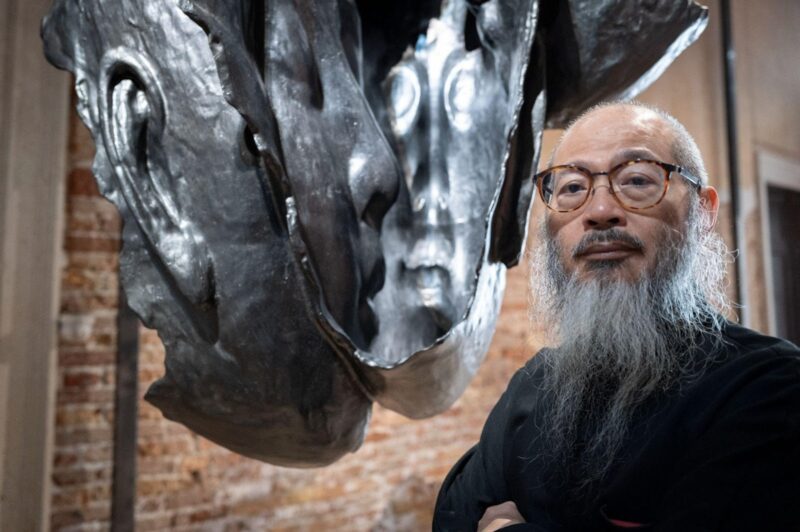The School for Curatorial Studies Venice teams up with Berlin-based platform The Fairest to present its latest exhibition Non Playable Character. The group show, including Venetian and international artist, will be presented as Teaser 04 of The Fairest’s activities, exploring the overarching value of collaboration, community, and working with others. Opening on 19th April, it will be on view until 30 April at the ‘Pier Fortunato Calvi’ State First Grade Secondary School, in-between the headquarters of the Arsenale and the Giardini of the Venice Biennale.
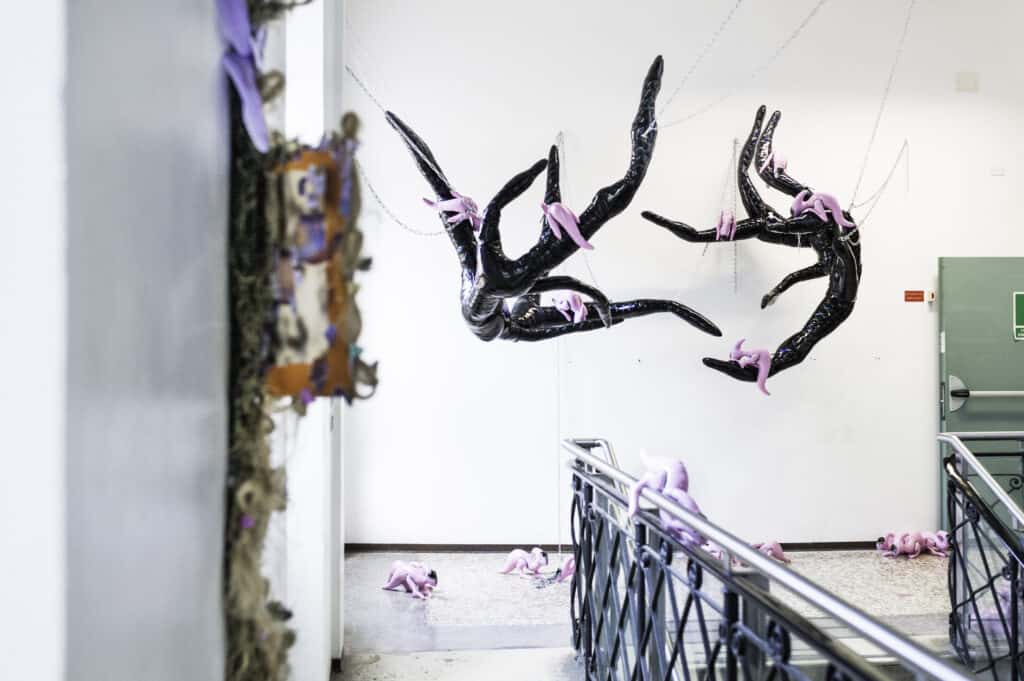
Displaying the work of around 30 artists, Non Playable Character centers around the ‘game’, in its multiple declinations, to analyse ideas of community and human interactions. Taking over all spaces of the Institute, from the gym to the music room and the bathrooms, the artworks on display try to deconstruct the nature of the game examining its links to many human disciplines. Visitors, which include the very students of the Institute, a key player in this show, are invited to take an active part in this deconstruction. They shall fully explore all of the keys for interpretation offered by the diverse range of interventions on show.
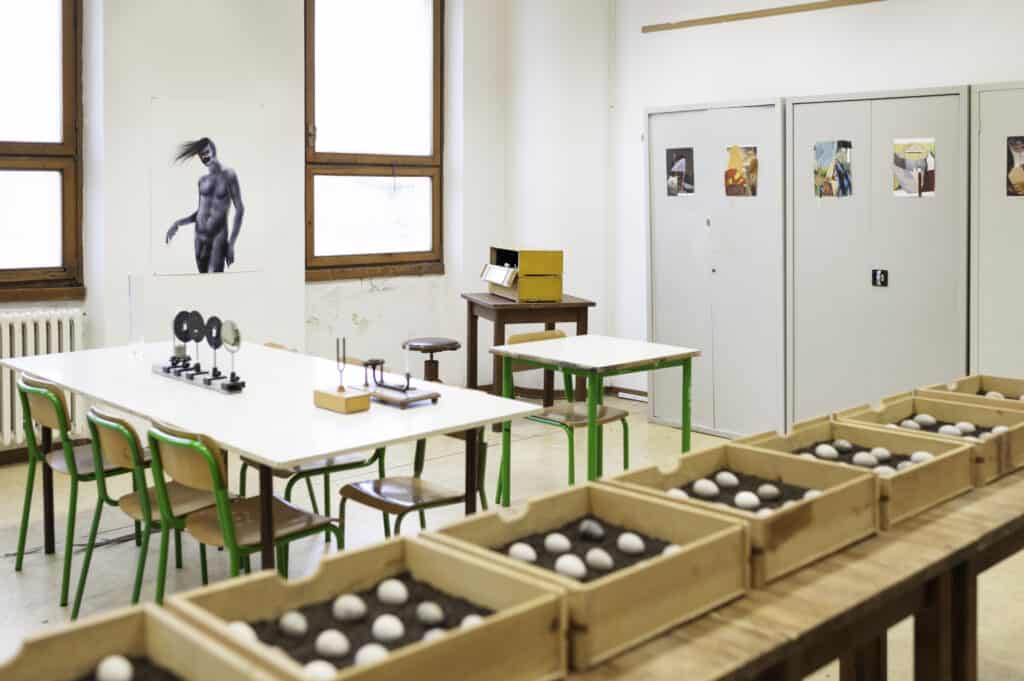
It seems as nowadays the idea of ‘game’ has become increasingly detached from the socio-cultural sphere, being more and more relegated to a solitary and virtual activity, or being demonised as silly, frivolous and inconclusive. Yet, especially in the past, this was not the case, as ludic activities were not only necessary moments of recreation, but also political statements.
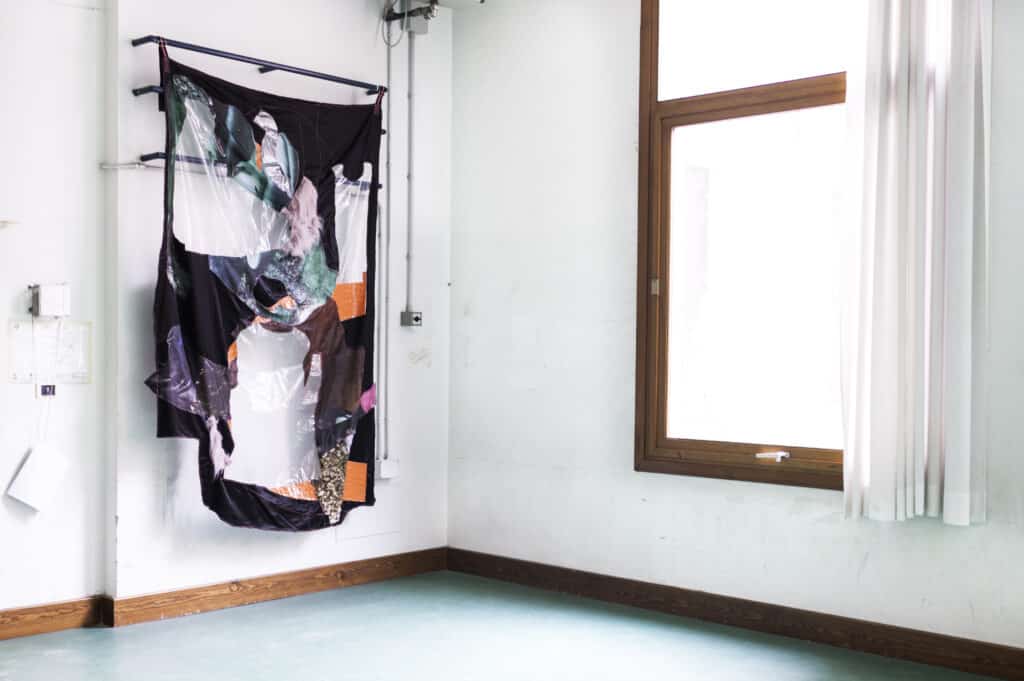
In his essay from 1938 entitled Homo ludens, the Johan Huizinga noted how game precedes culture, and not viceversa. Offering cross-cultural examples from diverse disciplines and aspects of life, the Dutch historian goes on to say that playing actually contributes to the formation of culture, highlighting the importance of the non-material values of games. He claims that, indeed, ‘human civilisation develops and arises in the act of playing, as a game’. From this starting point, the exhibitions wants to bring back on the scene the ancestral value of the game, proposing new solutions with an innovative and contemporary turn.

Looking back at Huizinga’s text, Roger Caillois considers the playful sphere as a mirror of the social and cultural evolution of a given community. The French intellectual also reiterates the free nature of playful activities: although they are all generally characterised by rules and conventions that determine and govern their effective functioning, there is no game without the players’ freedom to participate or less. This idea of freedom was also present in Huizinga’s essay, who identified as a salient characteristic of the play that of being free, or being ‘actual freedom’.
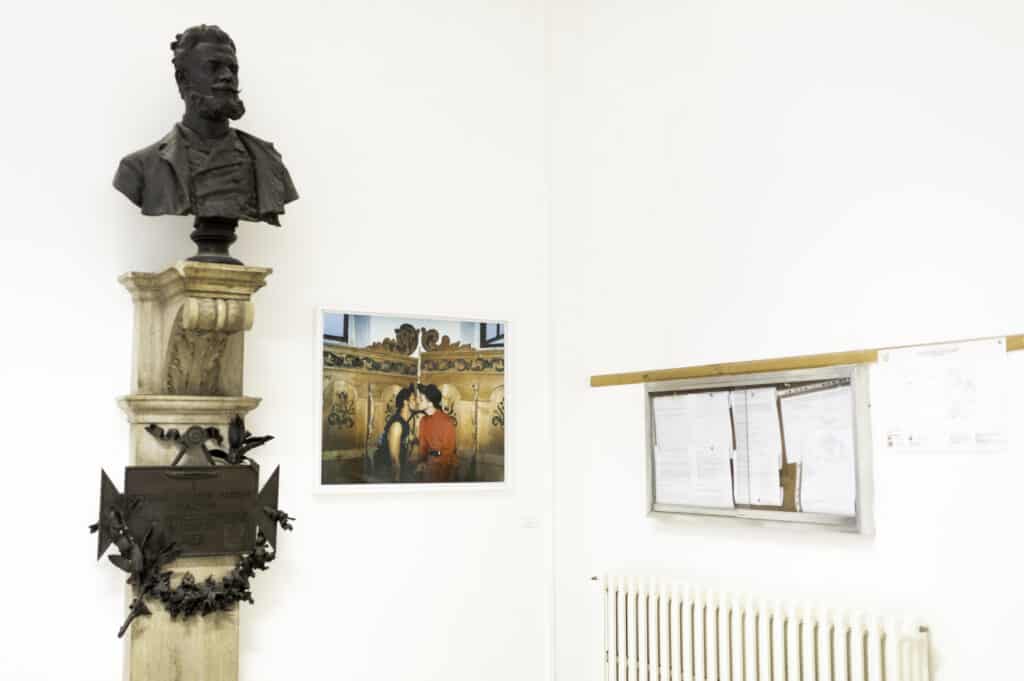
Starting from these literary references, and going through Friedrich Nietzsche and Friedrich Schiller, too, among others, Non Playable Characters proposes a newly discovered take on games, one that looks back at the ancestral, anti-transactional power of playing but then takes it back to our contemporary context, marked by the constant deconstruction of, and play with, myths, structures, traumas, power-categories.
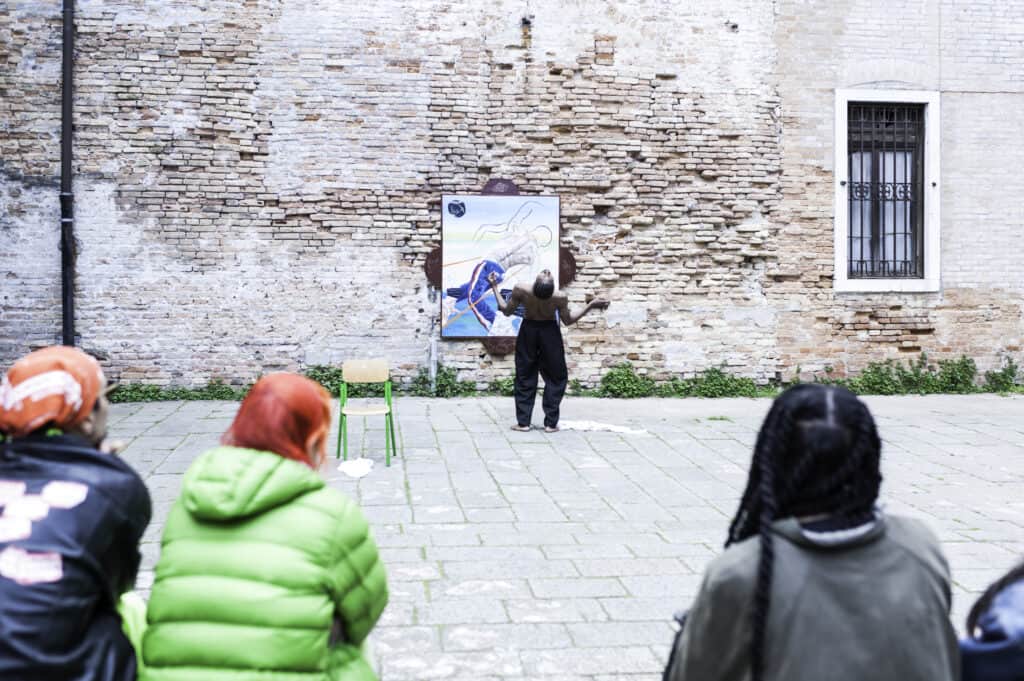
The School for Curatorial Studies Venice is an ambitious and challenging project which began its activity in 2004. It is conceived as a school committed to experimentation and interdisciplinary thinking. The main goals are to spread knowledge in the field of visual arts and to introduce the students to the professions related to the art world, focusing on contemporary curatorial theory and practice and contemporary museology. The staff is formed by international professionals, scholars, historians and art critics of recognised experience that disseminate knowledge in the visual arts field and professions related to contemporary art. The training offer includes two main courses each year: one in Italian, lasting a school year, plus an international format, which takes place during the summer months. The School for Curatorial Studies Venice was founded by Aurora Fonda and Sandro Pignotti. Non Playable Character is conceived by the students: Asia Barbiero, Oluwatobi Monica Benzing, Laura Cagnin, Giulia Del Gobbo, Agnese Dell’Omo, Federico Gemelli, Eleonora Ghedini, Alessia Imprescia, Gaia Lazzerini, Beatrice Levorato, Angelica Littamè, Rebecca Manzoni, Greta Mellere, Ylenia Modolo, Marta Omodei, Ileana Rutigliano, Sara Sandrucci, Maria Chiara Terracciano, Rubens Tola, AlessandraMaria Venditti, Benedetta Zannoni and Giorgia Zenerola.
The Fairest is a new platform for artists, supporting access in the art market, regardless of galleries and medium, providing an opportunity for discovery in a fair setting with curated group shows. Taking a fluid approach to formats and exchanges, The Fairest organises smaller scale teaser versions of their main fair, to be held for the first time during Berlin Art Week in September 2022. Anew selection of artists is presented in each teaser, who collectively go onto be positioned in the main fair. The Fairest is an innovative platform, whose mission is to build a growing manifesto, based on research values, relevant content and a sustainable market.
The “Pier Fortunato Calvi” State First Grade Secondary School is an ideal location to support a local reality of the risk of its existence disappearing, due to the fast decline in the number of residents in the Venetian territory. The collaboration of the Institute with the School for Curatorial Studies (which began in 2019) is therefore linked to the desire to enhance the city context in which both are located, placing them side by side with important local and international realities.
NON PLAYABLE CHARACTER [The Fairest – Teaser 04], 19 – 30 April 2022
Curated by School for Curatorial Studies Venice and The Fairest
Location: First Grade State Secondary School “Pier Fortunato Calvi”, Castello – 1808 Via Garibaldi, Venice


